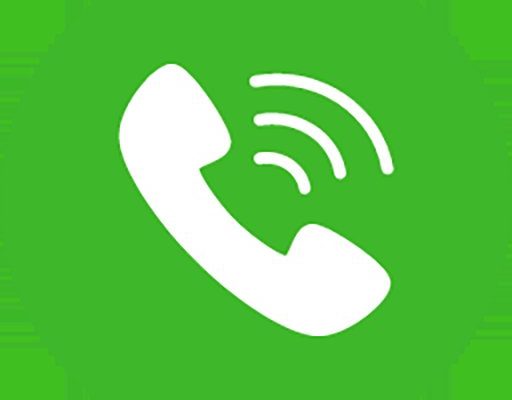
The E1 error code is like your oven’s way of waving a little red flag. It’s trying to tell you that something isn’t quite right with its temperature sensor. This sensor is crucial because it acts like a thermostat, helping your oven maintain the right heat levels for cooking. When it malfunctions, it’s like trying to bake a cake with a broken timer—things just don’t work out as planned. But fear not! This guide will help you navigate through what this means, possible solutions, and when it’s time to call in the pros.
Understanding the E1 Error Code
So, what exactly is this E1 error code? Think of your oven as a small-scale ecosystem where everything needs to work in harmony. The temperature sensor plays a critical role in this balance by measuring how hot the oven gets and ensuring it doesn’t overheat or stay too cool. The E1 error pops up when there’s a disconnect or malfunction in this process.
You might wonder, “Why does this happen?” Well, it can be due to a variety of reasons. Over time, wear and tear from regular use can cause the sensor to become misaligned or faulty. Sometimes, a loose connection or a problem with the oven’s wiring can trigger the error. Additionally, exposure to high temperatures can sometimes cause these sensors to wear out faster than usual. Think of it like leaving a chocolate bar in the sun—it’s only a matter of time before it melts down.
Now, what should you do when this error appears? Before you panic, ensure you’ve turned off the oven and unplugged it, giving it a chance to reset. This might help if it’s a minor glitch. But if the error persists, it’s like trying to fix a leaky roof with a band-aid—it’s not going to hold. In such cases, deeper investigation or expert intervention is required.
Common Causes and Consequences
Let’s delve deeper into what might cause this persistent error. A common culprit could be a faulty temperature sensor. Just like how a worn-out battery in a remote control needs replacing, a bad sensor may need a swap. Poor wiring is another suspect—it’s like a frayed charging cable that sometimes works and sometimes doesn’t. When connections are loose or wires are damaged, signals between the sensor and the oven’s control board can get disrupted, leading to the E1 error.
Another cause could be software-related. Yes, even ovens have “brains” that might occasionally need updates. If the software is outdated or corrupted, it can cause the system to misinterpret signals from the temperature sensor, akin to a language barrier where each side can’t fully understand the other.
Ignoring the E1 error isn’t wise. Continuing to use the oven could lead to uneven cooking temperatures, like trying to roast a turkey with raw and burnt bits—a real culinary nightmare! Worse, persistent issues could lead to more significant problems, such as overheating, which can not only ruin your meals but also pose safety risks like potential fires.
When To Call A Technician
You might be asking, “When should I really call in the experts?” Here’s the deal: if you’ve tried the basic reset and the error keeps popping up, it’s time to call a technician. These professionals can perform a detailed diagnosis to see if the sensor needs replacing or if there’s a deeper issue like wiring or software glitches.
Calling in a technician is like having a doctor look at a persistent cough. They have the tools and knowledge to assess the situation accurately and suggest the best solution. While it might be tempting to troubleshoot on your own, remember that DIY fixes could sometimes lead to more harm than good, especially if you’re not well-versed in handling electrical appliances.
Additionally, if your oven or range is still under warranty, tampering with it yourself might void that warranty. It’s always beneficial to check any coverage you have first. Once the technician has resolved the issue, make sure they explain what went wrong; this knowledge could save you time and stress if the problem arises again.
Preventative Tips
Once your oven is back in tip-top shape, you’ll want to keep it that way. Preventative maintenance is key to prolonging the life of your appliances. Regularly checking connections and ensuring your oven is clean are simple yet effective ways to prevent future errors. Just like how regular oil changes keep a car running smoothly, these small steps can help your oven perform its best.
Consider scheduling annual maintenance with a professional to catch potential issues before they become significant problems. It’s like going to the dentist—regular check-ups can prevent more painful visits later on. Also, ensure any software updates are applied promptly, if applicable, to keep your oven’s “brain” running smoothly.
And remember, understanding your appliance’s manual can go a long way. It’s a treasure trove of information, offering guidance on optimal usage and troubleshooting common problems. Equipped with this knowledge, you’ll be better prepared to handle minor issues and know when it’s truly time to call in the pros.
In conclusion, dealing with error codes like E1 doesn’t have to be daunting. By understanding what the code means, knowing the potential causes, and recognizing when to seek professional help, you’re setting the stage for smooth culinary adventures ahead. Happy cooking!
